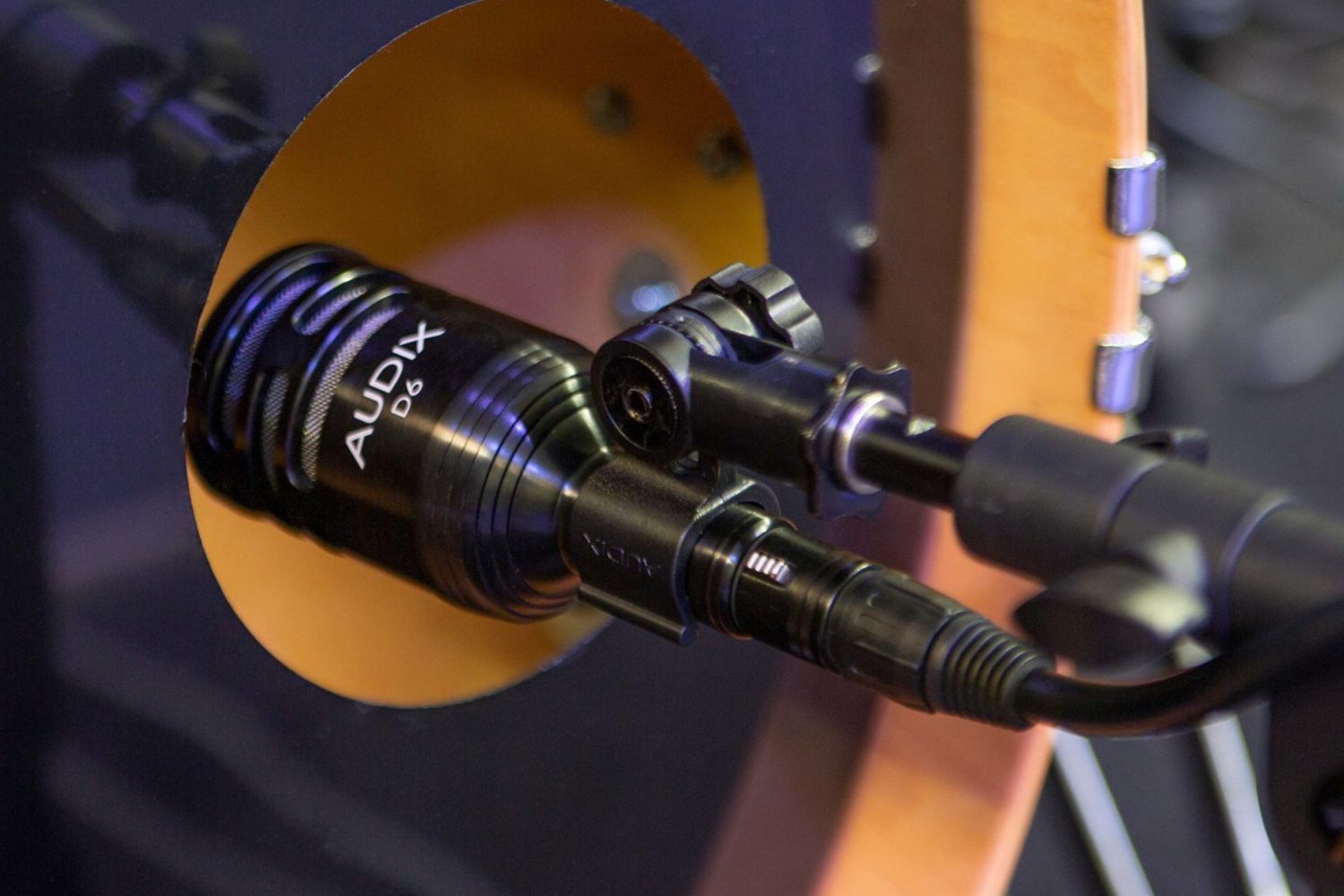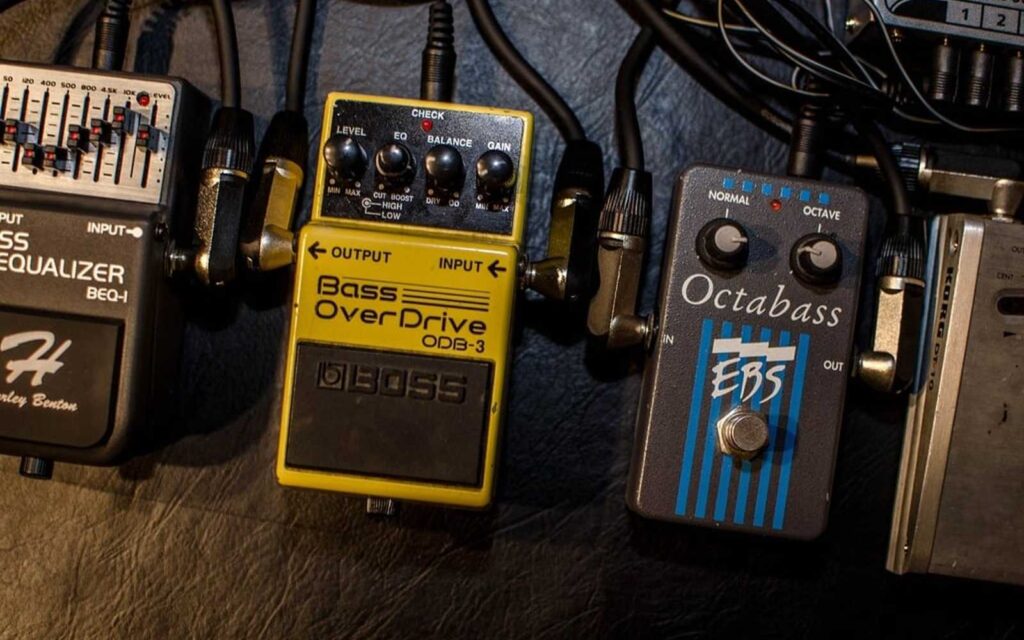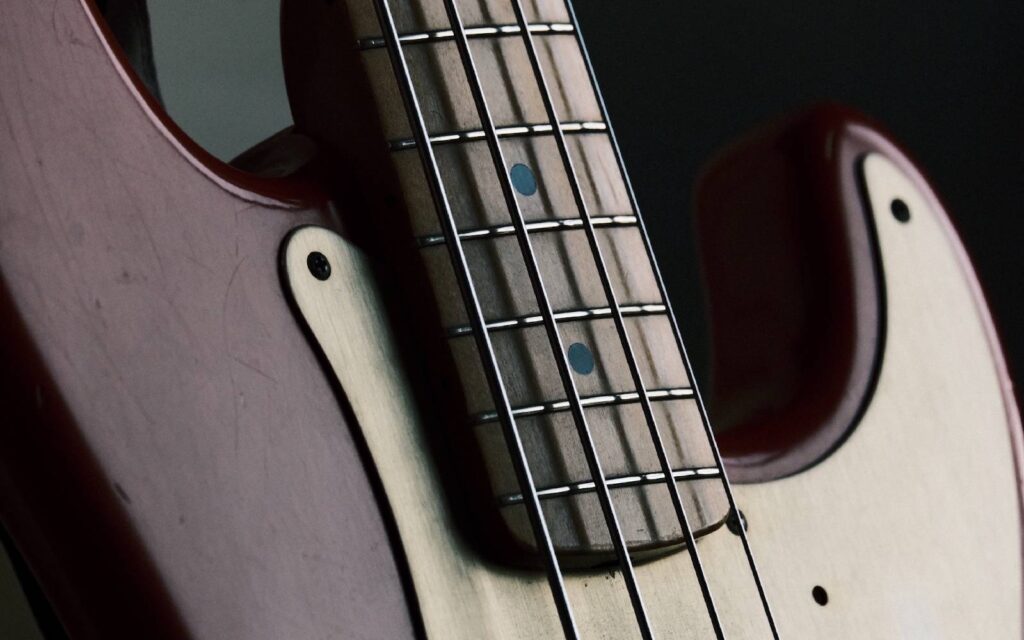It’s 2022 and everybody is an audio engineer (or so they will have you believe)
But there is still one area that has grown to become something of a metaphorical dividing line, separating the ‘dedicated hobbyist’ from the ‘legitimate audio engineer’ and that is in the miking of acoustic drum kits in the open air.
For many engineers, drums are the instrument where skills and equipment are constantly put to the test with the drum kit providing a steady stream of challenges, both technical and practical.
For starters, you are dealing with one of the loudest sources of all in terms of general sound pressure level, with the ability to shred mic capsules and blow preamps with ease. If that’s not enough to make durability a legitimate concern, then we have the added reality that any microphone we hope to use to capture said instrument will most likely be placed in extremely close proximity to a mad person waving a stick.
Read all the latest features, columns and more here.
“For us, it’s always about durability first and foremost, even more so when drums are concerned,” remarks Dave Watson, Brand Specialist at PAVT, the Australian home for Audix Microphones.
“Drum mics tend to live a pretty rugged existence, whether bumping in and out on a nightly basis in the live domain, or catching a loose drumstick in a recording situation, they are constantly put in harm’s way, which is why build quality is so important when it comes to instrument mics.”
This American manufacturer has slowly but surely developed a reputation for providing affordable and exceedingly durable microphones, a fact that is made even more impressive when you realise that all research, design, fabrication, assembly, final testing, and logistics operations take place in their homebase of Wilson, Oregon.
The brand’s drumpacks in particular have emerged as something of an industry standard in both the live and studio domains and successfully showcase Audix’s strengths as a utilitarian force in the world of instrument mics.
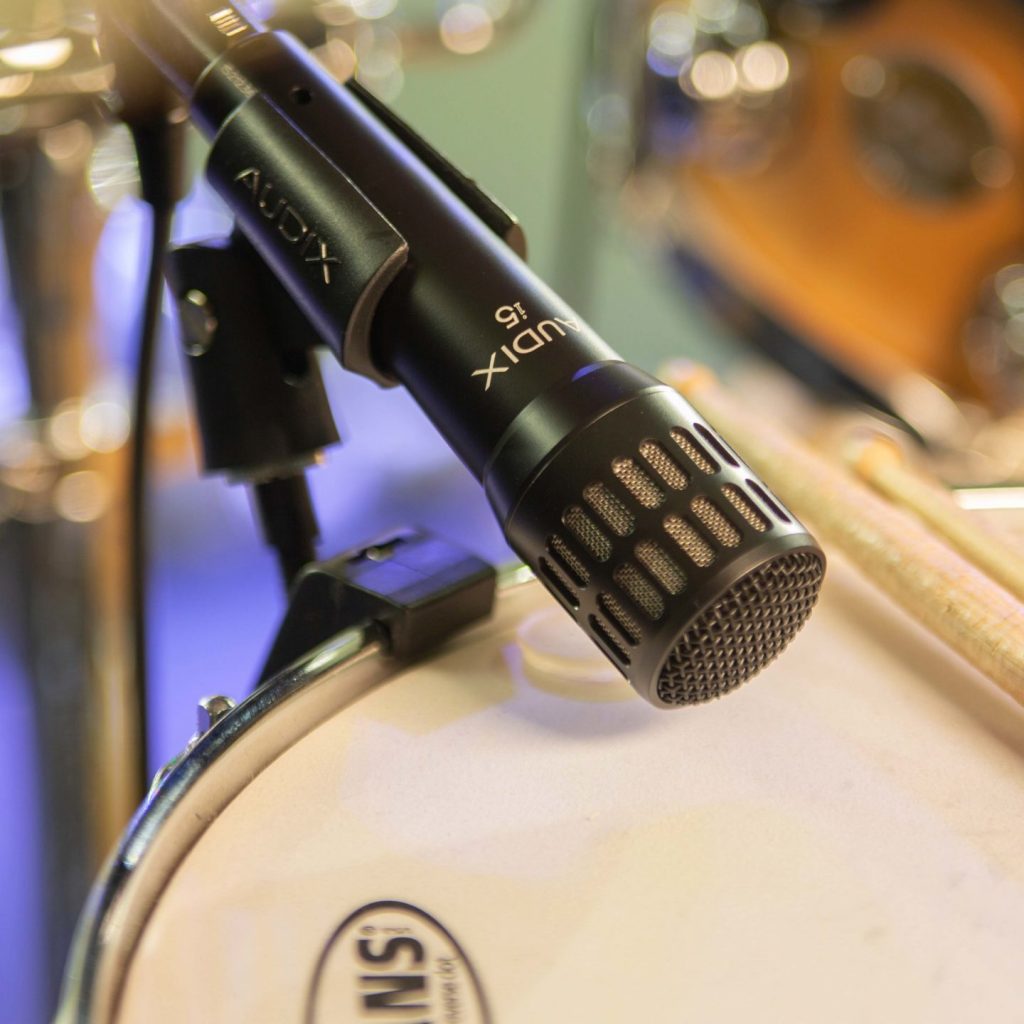
“I think with the DP7 drum pack in particular, we just landed on something that was just so adept at the task at hand. A stowable, affordable option, featuring unique, durable microphones with user-friendly voicings that paired well with so many PA’s and recording situations.
“The fact that the DP7 also includes what is arguably one or our most famous and versatile microphones is just another cherry on top given the price point.”
The cherry that Dave is referring to is Audix’s much-loved D6 Kick Mic, a cardioid, large diaphragm dynamic mic best known as the sound of modern metal and rock which takes centre stage in many of the brand’s drumpacks.
An atypically voiced microphone with an inimitable attack, the D6 became something of a favourite among live and studio engineers alike for its ‘pre-EQ’d’ voicing, which eschew muddy low mids in favour of a robust low end, and a hyper-defined attack, ideal for modern kick sounds. It’s also one of the few modern microphones that can legitimately lay claim to being a certified classic.
“One of my favourite aspects of the D6 is that it takes the place of a kick in and kick out mic in one. You can get everything you need from the one mic.
“In terms of live, if you have a well-tuned system, you can come in cold and with basically a flat EQ, you can be up and running in seconds. In the studio, you have an extremely unique and versatile microphone that can be applied creatively to any number of instruments beyond just kick drums.”
This brings us to one of the biggest challenges of all when capturing the drum kit. Even if we are just to think about it at purely a frequency/transient level, the modern drum kit still offers potentially the broadest spectrum of differing sonic envelopes housed in any single instrument – a veritable perfect storm of diasporic tone sources and wildly diverse timbral/dynamic characteristics differentiating one piece of the kit from the next.
For Dave, this is one of the main points of difference between the stage and the recording studio.
“On stage, it’s all about ruggedness and sound reinforcement. Letting the close mics do the heavy lifting. In the studio, where everything is much more critical, it’s more of a balancing act between the overheads and the close mics and this means a more tactful approach to microphone selection.”
Add to that, our hyper-realistic preconceptions of how drums are supposed to sound, both on record and in the live domain, and it’s easy to understand why engineers put so much thought into capturing the drum kit in as versatile a fashion as possible. It’s generally the instrument that requires the most surgery and heavy-handed processing to sit right, while also serving as the primary reference point to which all other sounds are crafted.
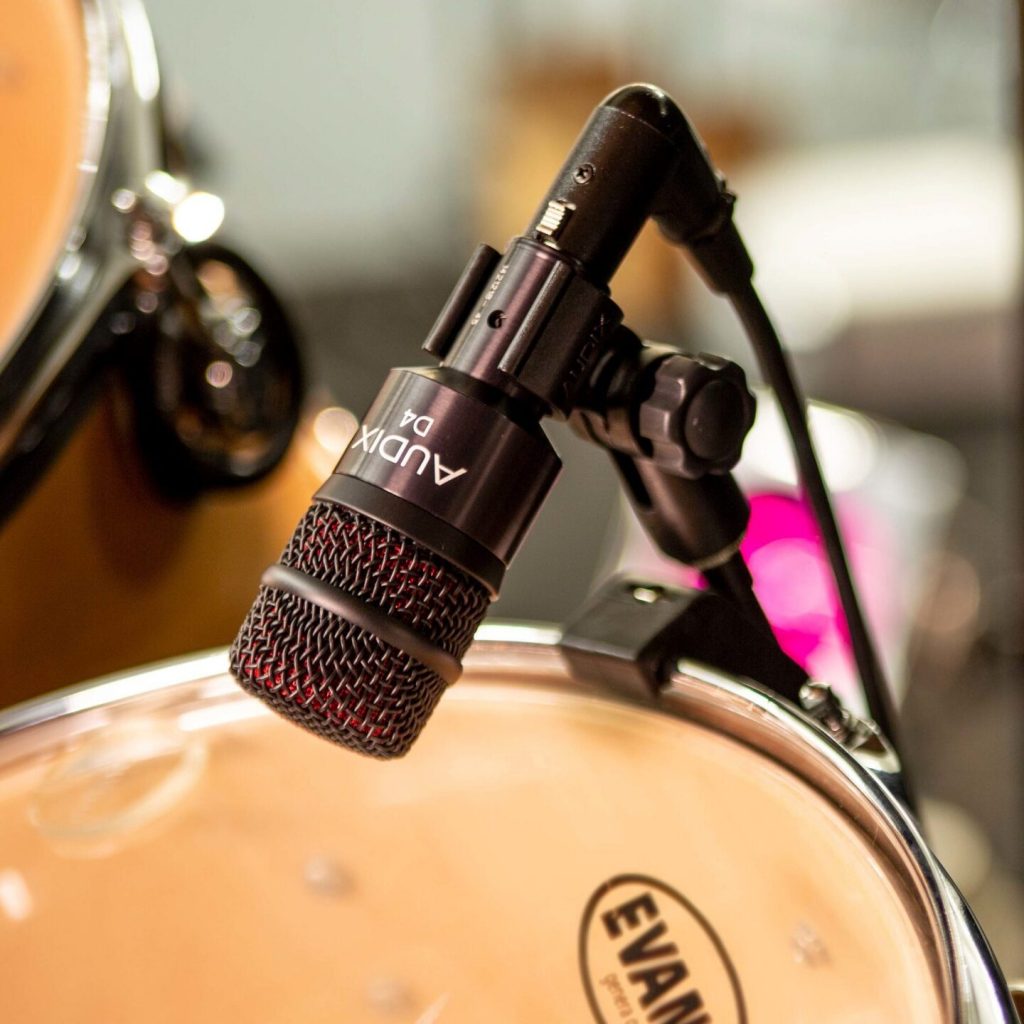
This translates to more mics, often in various shapes, sizes, and topographies, accounting for the differing voices of the kit, the need to offset both farfield and nearfield placements, and the inevitable balancing act taking place at the fader and in post.
It’s these differences in approach regarding the nearfield and farfield in particular and the inherent nakedness of the open air that Dave believes really separates miking for the stage to that of the studio.
“Whereas a lot of the dynamics like the D6 and i5 really parlay across live and studio equally well, I think it’s mostly the quality and precision of the overheads that really make or break a drum sound in the studio.
“The DP Elite 8 features the SCX1C’s for overheads and they are beautiful mics, ideal for when that extra level of detail is required or for experimenting with different stereo configurations in the open air.”
For many engineers, drums are one of the toughest nuts to crack, but thankfully drum packs like Audix’s DP7 and DP Elite can provide a versatile, cost effective, all-in-one solution to get you up and tracking in no time. Now, how to deal with all that phase.
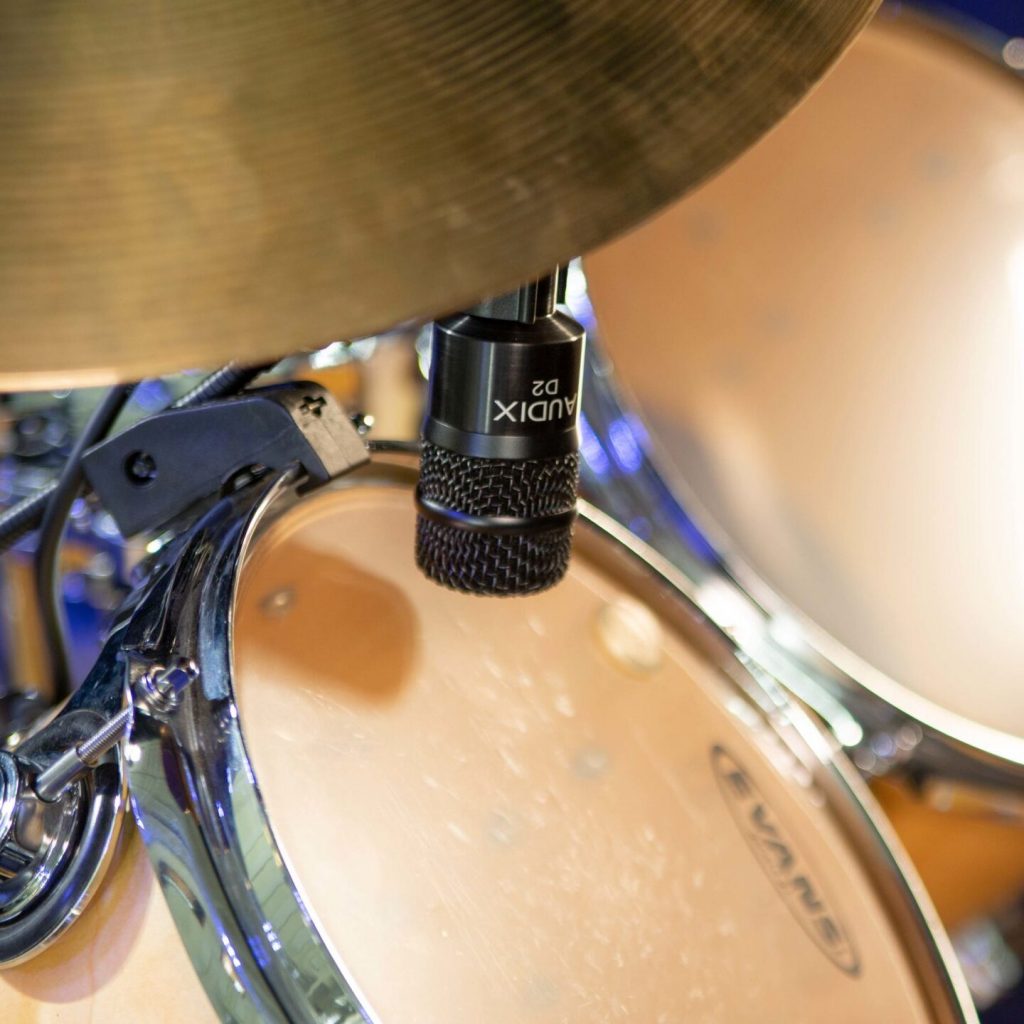
Head to Audix for more on their drum packs. For local enquiries, reach out to Production Audio Video Technology.
